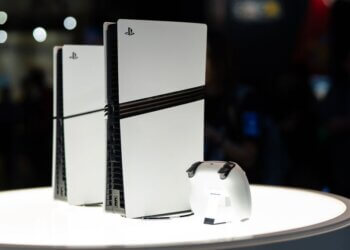The company announced possible price increases in the United States because new tariffs would increase costs by approximately €200 million ($231 million) during the second half of the year. The German sportswear manufacturer experienced its biggest share price decline since April when its stock dropped 11% on Wednesday because of U.S. trade policy uncertainties affecting the company’s future performance.
CEO Bjorn Gulden stated that Adidas has not determined its pricing strategy yet but indicated that price increases will negatively affect customer demand if the company passes costs to consumers. The main issue for me is the impact of price increases on U.S. consumers who will face higher costs across all products according to Gulden during his analyst meeting. The company plans to keep current best-selling products at current prices but will increase prices for new product releases.
The company achieved a 2.2% increase in second-quarter sales which reached €5.95 billion but failed to meet analyst predictions of €6.2 billion. The disappointing results have created doubts about whether the brand’s recent success from Samba and Gazelle sneaker sales will continue.
The company plans to assess its pricing strategy while waiting for complete information about the final tariff structure before making any changes to its U.S. operations. The company needs to provide investors with assurance about second-half demand and 2026 orders to prevent further market concerns.










